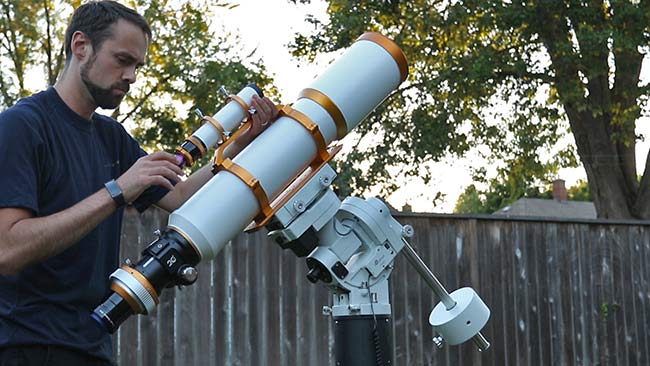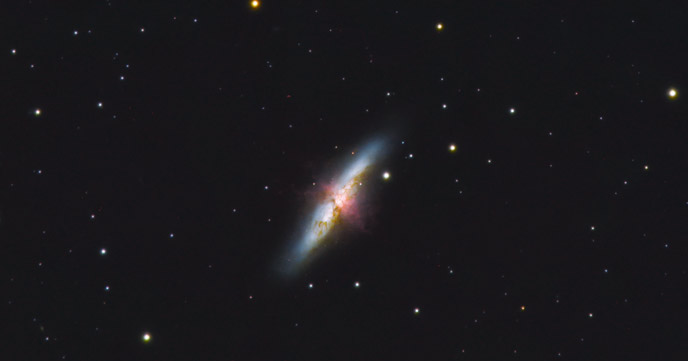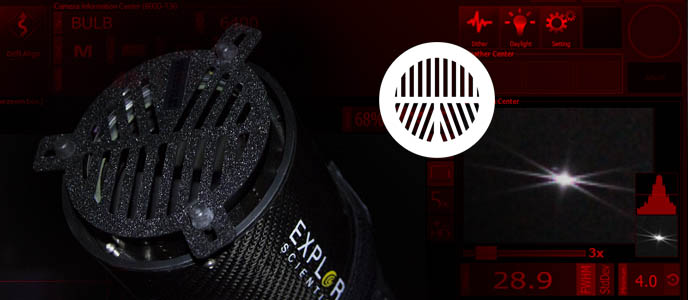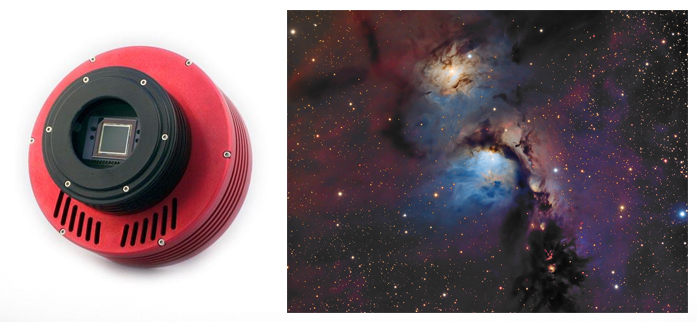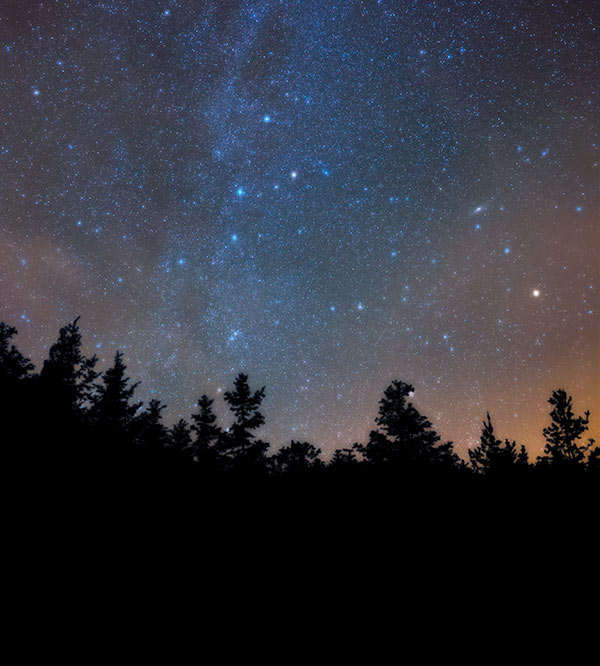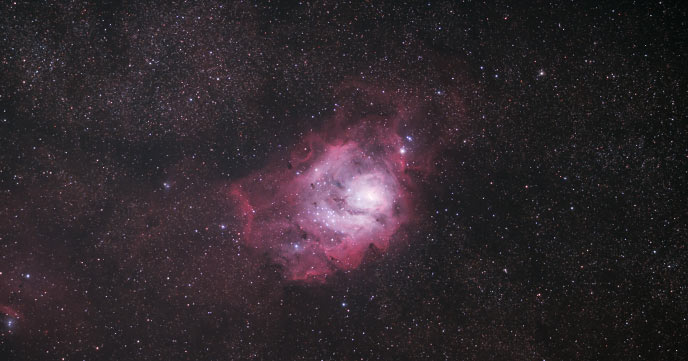Deep Sky Astrophotography Step-by-Step Walkthrough
In this post, I’ll break down everything you need for deep-sky astrophotography with a telescope. I’ll cover each piece of gear I use, and explain how it can be used to capture beautiful deep-sky images of space from your backyard. Updated Version (2023): Deep-Sky Astrophotography How-To (Start to Finish) Deep-sky astrophotography is a rewarding and…
